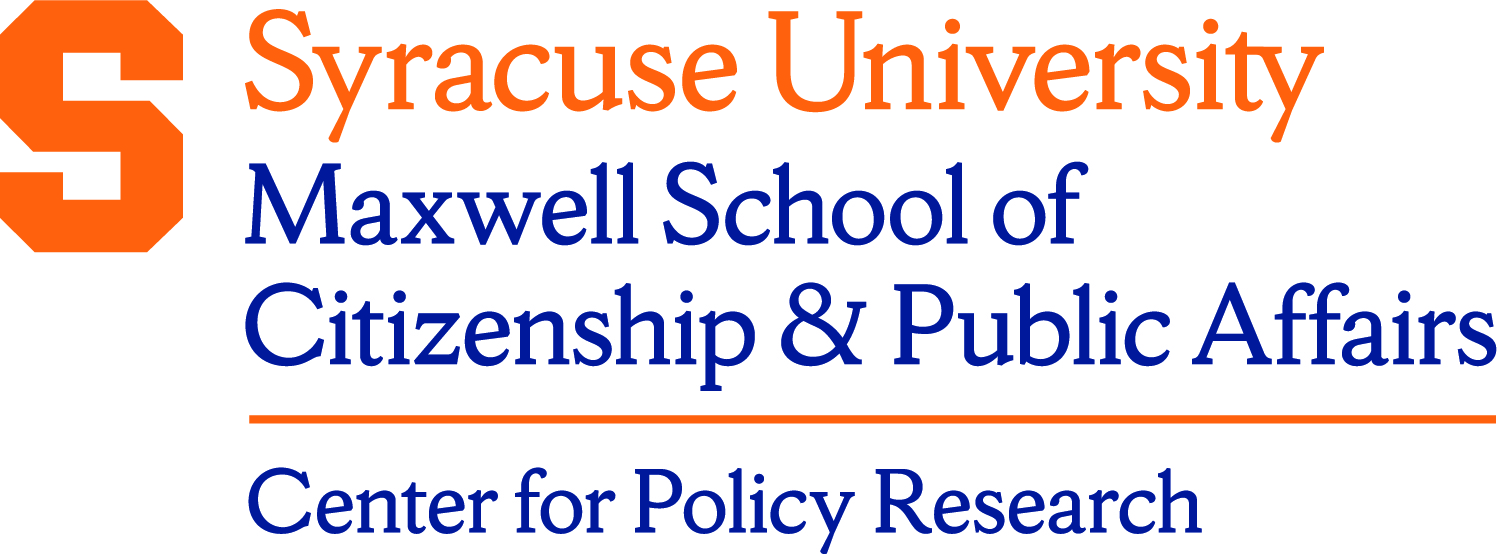Description/Abstract
This paper proposes a new framework to identify the effects of the minimum wage on the joint distribution of sector and wages in a developing country. I show that under reasonable assumptions, cross-sectional data on the worker's wage and sector can identify the joint distribution of the latent counterparts of these variables; that is, the sector status and wage that would prevail in the absence of the minimum wage. I apply the method in the “PNAD”, a nationwide representative Brazilian cross-sectional dataset for the years 2001 to 2009. The results indicate that the size of the informal sector is increased by around 39% compared to what would prevail in the absence of the minimum wage, an effect attributable to (i) unemployment effects of the minimum wage on the formal sector, (ii) movements of workers from the formal to the informal sector as a response to the policy.
Document Type
Working Paper
Date
Fall 10-2015
Keywords
Minimum wage, informality, unemployment, density discontinuity design, wage inequality, labor tax revenues, formal sector
Language
English
Series
Working Papers Series
Disciplines
Economics | Income Distribution | Public Affairs, Public Policy and Public Administration | Work, Economy and Organizations
ISSN
1525-3066
Recommended Citation
Jales, Hugo, "Estimating the Effects of the Minimum Wage in a Developing Country: A Density Discontinuity Design Approach" (2015). Center for Policy Research. 216.
https://surface.syr.edu/cpr/216
Accessible PDF version
Source
Local input
Creative Commons License

This work is licensed under a Creative Commons Attribution 3.0 License.
Included in
Income Distribution Commons, Public Affairs, Public Policy and Public Administration Commons, Work, Economy and Organizations Commons




Additional Information
Working paper no. 184
The author is grateful to Thomas Lemieux for his advice during this project. This paper benefited from extensive discussions with Joseph Doyle, Nicole Fortin, David Green, Vadim Marmer, Craig Riddell, Pierre Brochu, Alfonso Flores-Lagunes and Sergio Firpo. He also thanks the participants at the ESEM, EALE, IAAE, CLSRN, SBE and CEA conferences and the participants at the EESPFGV, UFMG, UBC and SFU academic seminars for helpful suggestions that improved the quality of this paper. All remaining errors are his own.